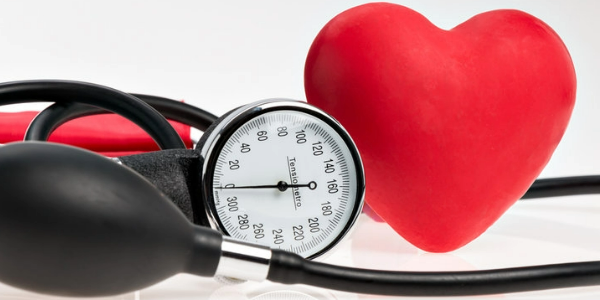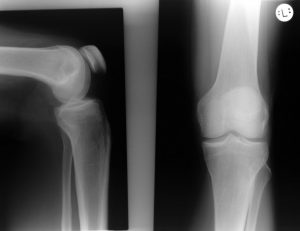Various research studies suggest that high blood pressure may be linked to significant bone loss. The bone quality of young mice with high blood pressure was similar to that of older mice without high blood pressure, suggesting that the effects of high blood pressure on bone quality, including bone strength, may be similar to those of the aging process. The researchers suggest that early detection and treatment of high blood pressure may help prevent bone quality loss in old age.
How High Blood Pressure and Bone Aging are Related
High blood pressure and osteoporosis are common conditions that can occur at the same time. Both new bones and new immune cells are formed in the bone marrow. In the study, researchers compared young mice with induced high blood pressure to older mice without high blood pressure to investigate the possible link between high blood pressure and bone aging. The human equivalent was approximately 20 to 30 years for the young mice and approximately 47 to 56 years for the older mice. A group of 12 young mice (4 months old) received angiotensin II, a hormone that causes high blood pressure. The young mice received 490 nanograms/kilogram of angiotensin II for six weeks. A group of 11 older mice (16 months old) also received 490 nanograms/kilogram of angiotensin II for six weeks. Two control groups of 13 young mice and 9 old mice received a buffer solution without angiotensin II, and these mice did not develop high blood pressure.
After six weeks, the researchers analyzed the bones of the mice from all four groups using micro-computed tomography, an advanced imaging technique. Bone health was determined based on the strength and density of the bones. Mathematical algorithms were used to estimate the potential effects of high blood pressure and aging on the microstructure and strength of the mice’s bones. Compared to young mice without high blood pressure, young mice with induced high blood pressure showed a significant reduction in bone volume of 24%, a reduction in the thickness of the spongy trabecular bone at the end of long bones such as the femur and spine of 18%, and a 34% reduction in estimated fracture strength, i.e., the ability of bones to withstand various forces.
Fracture strength leads to weaker bones. In the spine, bone weakness can lead to vertebral fractures later in life. In contrast, older mice infused with angiotensin II did not show comparable bone loss. However, during the study, the old mice, regardless of whether they had high blood pressure or not, showed reduced bone quality similar to that of young mice with high blood pressure.
Testing People With High Blood Pressure for Osteoporosis
To assess the influence of inflammation on the bone health of the mice, the researchers analyzed the bone marrow using flow cytometry. This method allowed them to identify individual cells and filter out specific immune cells. In young mice with high blood pressure, they found an increase in the number of inflammatory signaling molecules, indicating increased inflammation in the bones compared to young mice without angiotensin II administration.
It appeared that high blood pressure shifted the bone remodeling process in young mice with high blood pressure toward bone loss rather than bone formation or bone maintenance. As a result, the bones become weaker, leading to an increased risk of osteoporosis and fragility fractures. In humans, this could mean that people with high blood pressure should be screened for osteoporosis. This knowledge could lead to new approaches for preventing osteoporosis in early adulthood. Further research is needed to investigate how exactly the different types of immune cells contribute to bone loss.






